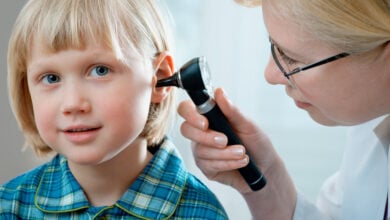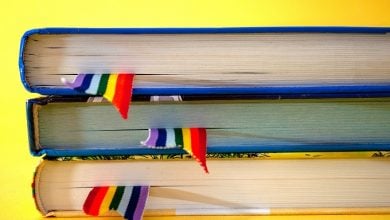Lifting school wellbeing in 2024
Supporting whole school wellbeing, including teachers, students & families is an enduring challenge requiring ongoing resourcing & attention.
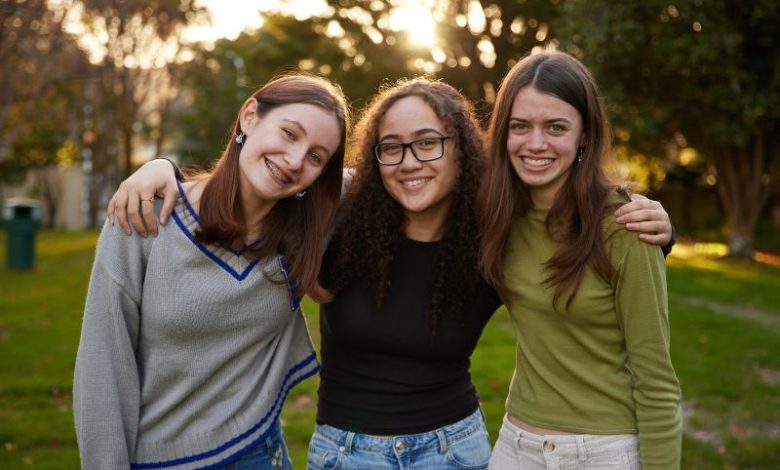
Changes in curriculum and a new government may see the education sector, students and staff face new challenges alongside old ones.
Read the latest print edition of School News HERE
One challenge that’s proved to be ongoing is supporting the wellbeing of students and the school community. Given a dearth of new systems, management and competing priorities, it can be easy to lose sight of ongoing wellbeing support. But when wellbeing breaks down, so does our ability to progress in other areas. Students who have poor wellbeing may find it difficult to learn, and teachers who have poor wellbeing are unable to teach effectively.
In the New Zealand context particularly, we have ongoing challenges with student wellbeing. As a country, we have one of the highest rates of school bullying in the OECD. Being bullied or bullying others is correlated with poor educational and health outcomes for young people, and being bullied contributes to suicide risk. It might not be surprising then, that New Zealand also has one of the highest rates of suicide in OECD countries.
According to research done by New Zealand Centre for Educational Research (NZCER), Whole School Approaches are an effective method of addressing bullying. As part of the Wellbeing@Schools project, NZCER conducted a wellbeing survey across New Zealand schools. More than 58,000 students were surveyed, and so were 3416 teachers. The project found that teachers who taught wellbeing strategies made a difference in students’ reported wellbeing.
Suggested practices for teachers wanting to make a difference to the wellbeing of their students included actively teaching for wellbeing. This might look like recognising students for helpful and caring behaviour; working with students to create shared class values; teaching students non-confrontational emotional-management strategies; using classroom discussion as an opportunity for students to share concerns and resolve them; teaching students conflict intervention; and using role-play or drama to develop relational strategies.
Lessons could be planned to support wellbeing, for example, tailoring teaching to students’ skills, needs and backgrounds; a focus on desired social and behavioural skills; creating a sense of community and trust in the classroom; encouraging students to goal-set relational skills.
Teachers may also wish to teach mindfulness skills to their classes, as mindfulness approaches have been shown to enhance individual wellbeing. It also correlates to the “spiritual” pou in the Te Whare Tapa Wha model. Teachers could provide guided meditation opportunities, breathing exercises, listening activities, journaling or practising gratitude.
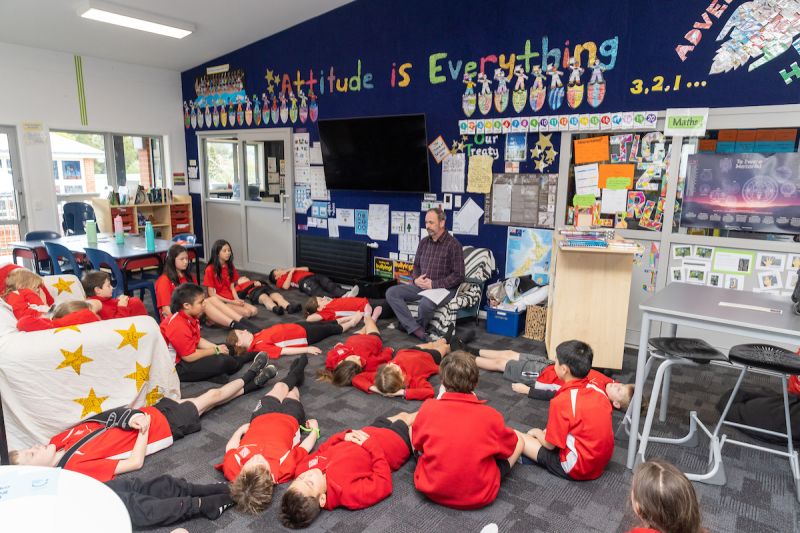
Some schools may wish to community build during mindfulness practices too, such as setting aside time for group meditation during assemblies. Another possibility may be encouraging mindful movement during health and physical education lessons.
An easy mindfulness exercise is the 54321 check. This well-known grounding exercise could help to create a sense of calm and presence and set the tone for learning. Students identify five things they can see in the classroom, four things they can feel, three things they can hear, two things they can smell and one thing to taste, if available.
As well as teacher-led classroom strategies to promote wellbeing, the NZCER survey found that some schools were more successful at deterring bullying. Students reported decreased aggression when their schools had policies and practices in place to promote social wellbeing. The variation between schools ranged from two to 42 percent of students reporting being bullied at least weekly.
Examples of school-wide actions include school leaders promoting caring and culturally inclusive practises in the school community. Other actions included celebrating student success broadly, fostering a respectful staff culture, implementing a collective vision and creating a sense of belonging.
Schools that engaged with their wider communities, ensured students were treated as valued citizens, created collaborative working environments, addressed harassment, violence and bulling, and had a school-wide behaviour management policy that was applied consistently and fairly, also experienced better outcomes. Implementing effective support systems for students with learning needs, innovating in response to student need and strength, effective programmes and systems for referring students with additional behavioural or social needs were also crucial. PLD and having a collaborative and supportive work environment for staff also contributed to whole-school wellbeing.
While student wellbeing is paramount, the wellbeing of all staff must also be a priority. Checking in with colleagues, offering support when needed, and emphasising to all within the school community that help is available during periods of stress or overwhelm is essential. Staff should be encouraged to acknowledge when they are not okay, and supported to access help.
And while schools may make their best efforts to lift staff, student and community wellbeing, at times, people may need specialist support. If you or someone in your community is struggling, reach out to your GP or other healthcare professional.
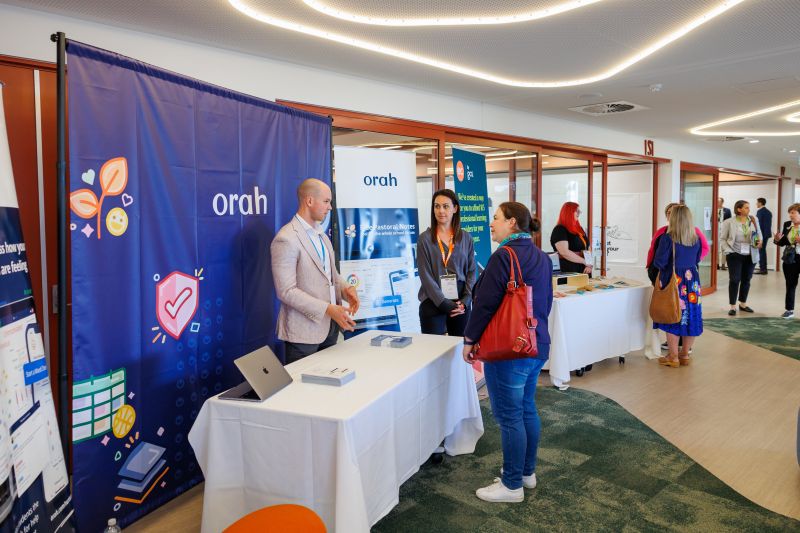
For more on lifting whole-school wellbeing, School News spoke to some industry experts who have been delivering wellbeing tools for schools in Aotearoa New Zealand.
Orah is an NZ-based EdTech company founded in 2014 with the intention of making student life easier to manage for schools. Their same mission, “Helping schools & families to maximise student potential” drives all that Orah does.
Orah believes that a student’s wellbeing is contingent on a healthy synergy between a student’s home and school life, and have built a suite of products around this belief. The name Orah is derived from the Māori word for wellbeing.
Orah helps New Zealand and Australian schools know where students are using pass systems, manual and automated roll checks, identify at-risk students who may need more support, and communicate quickly and effectively with families on matters relating to various aspects of student life. Using Orah, schools can also opt to notify parents when negative attendance, wellbeing or behavioural trends are identified, relieving the pressure on teachers and school staff to support that student beyond their reasonable means. Of course, schools can also opt to share positive trends with parents and students to encourage positive change!
In 2023, Orah announced the general availability of its forever-free tools for schools. This includes a Free Absences Manager that is designed to make it easy for parents to report their child as absent – and just as easy for the school to triage incoming absences. Orah Notes is a free behaviour management tool for teachers, staff and counsellors where they can log notes on the go about students, and in-turn generate progress reports using built-in AI.
Mind health programme Pause Breathe Smile is helping to create calmer classrooms across Aotearoa by improving the wellbeing of our tamariki and rangatahi. With the support of Southern Cross, its expert facilitators provide teaching teams in schools with free training to deliver mind health initiatives for ages five to 12, helping tamariki regulate emotions, pay attention, build positive relationships, resilience, self-awareness and improve overall happiness.
Pause Breathe Smile can reduce negative behaviour in the classroom and increase student wellbeing. Less aggression in the playground and more focus in class has also been reported as benefits of the program. Teachers have also reported a reduction in their own stress levels.
The programme is accessible to all schools, regardless of location, and is designed to align with the New Zealand Education Curriculum (NZC). Mindfulness brings an experiential element to learning, which fosters the key competencies of the NZC, and the learning areas for Health and Physical Education, Social Sciences and Science are all clearly linked with each lesson. The programme supports all four dimensions of Te Whare Tapa Whā and Pause Breathe Smile has recently evolved to include Whaiwāhi Mauri Tau, a hauora programme delivered by kaiako in te reo Māori.
Barnardos’ 0800 What’s Up is a free helpline in Aotearoa for tamariki and rangatahi aged five to 19. It offers a confidential space for them to seek support through phone calls or online chats with trained counsellors. No issue is too big or small.
In collaboration with schools, the helpline works closely with counsellors and deputy principals to ensure accessibility for children and young people. This partnership helps them navigate challenges and enhance their wellbeing. The helpline conducts drop-in sessions at schools, emphasising the importance of seeking help from trusted adults, friends, or What’s Up.
0800 What’s Up also works alongside Life Education to raise awareness and build resilience in schools across Aotearoa. Operating seven days a week from 11 am to 11 pm, 0800 What’s Up provides a safe space for children and young people to chat. They can call 0800 942 8787 or visit whatsup.co.nz to reach out.
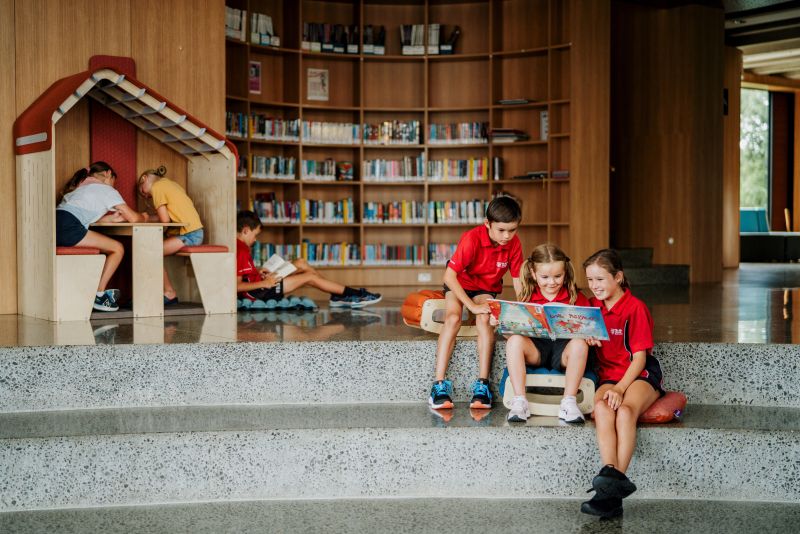
Furnware has partnered with a new local brand – Mindfull – which evolved from many conversations with schools, parents, and occupational therapists across Aotearoa. Mindfull is making learning spaces more personalised, by creating stimulation through movement and tactile materials, as well as sanctuary through visual and acoustic screening. This enables learners to find space within the classroom to interact and collaborate or seek refuge, achieving separation without isolation.
Wesley Primary School in Auckland tested Mindfull products in their learning spaces. Teacher Heidi reported that students enjoyed the products, particularly the learning hut. Dubbed the cafe, the space is regularly occupied by a variety of different children, including neurodiverse students. Fostering friendships and togetherness, there is rarely a child alone in the space.
With 2024 now here, Furnware is excited to collaborate with schools across Aotearoa to help more of our learners to ‘Find their happy space’.



